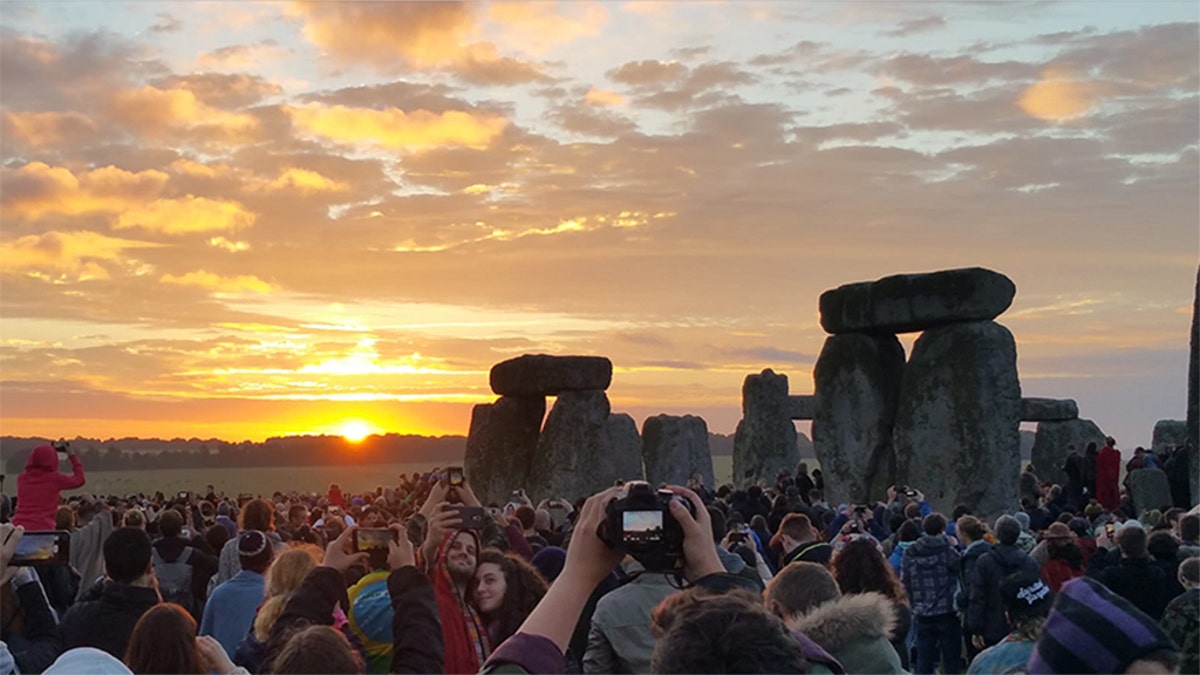
The summer solstice occurs at the Stonehenge in the United Kingdom in 2016. (Stonehenge Stone Circle)
If you live in the Northern Hemisphere, rejoice! The summer season officially kicks off on Thursday, thanks to the summer solstice.
The summer solstice, which marks the official start of the season, brings the longest day and shortest night of the year for those living in the Northern Hemisphere, while those living in the Southern Hemisphere will experience the opposite.
Here's what you need to know as summer arrives.
We have solstices and seasons thanks to the earth’s tilt
The earth’s axis of rotation is tilted approximately 23.5 degrees. That means that different parts of earth receive different amount of sunlight through the year, resulting in seasons and solstices.
In June, the Northern Hemisphere is tipped more toward the sun than any other time during the earth’s rotation throughout the year. This occurrence results in a summer solstice for those living north of the equator.
The more north you live, the longer you’ll receive sunlight. In fact, as Vox noted, the sun doesn’t fully set in the Arctic Circle during this event.
By contrast, the Southern Hemisphere receives the most sunlight in mid-December. During that time, the North Hemisphere experiences the winter solstice, or the shortest day of the year, while those living south of the equator experience the longest day of the year.
While the summer solstice is the longest day of the year, it’s not the hottest
While the Northern Hemisphere may receive a lot of extra sunlight on the summer solstice, that doesn’t mean it makes it the hottest day of the year.
Robert Howell, an astronomer at the University of Wyoming, used an analogy of an oven to better explain why this is.
"If you think about turning up an oven, it takes it a long time to heat up," Howell, told National Geographic in 2017.
"And after you turn it off, it takes a while for it to cool down. It's the same with the Earth,” he continued.
While the earth may absorb a lot of light that day, it takes weeks to release that heat -- meaning the hottest day of the year occurs later in the summer, in July or August, according to the magazine.
Stonehenge was likely used to mark solstices
While much about the Stonehenge, the famed stone monument located in the United Kingdom, remains a mystery, some scientists believe it was used to mark solstices when it was built about 5,000 years ago.
The reason for this belief? On the morning of the summer solstice, the sun rises and hits the structure’s “Alter Stone” directly in its center, according to Vox.
This graphic gives an idea of what this may have looked like thousands of years ago.
